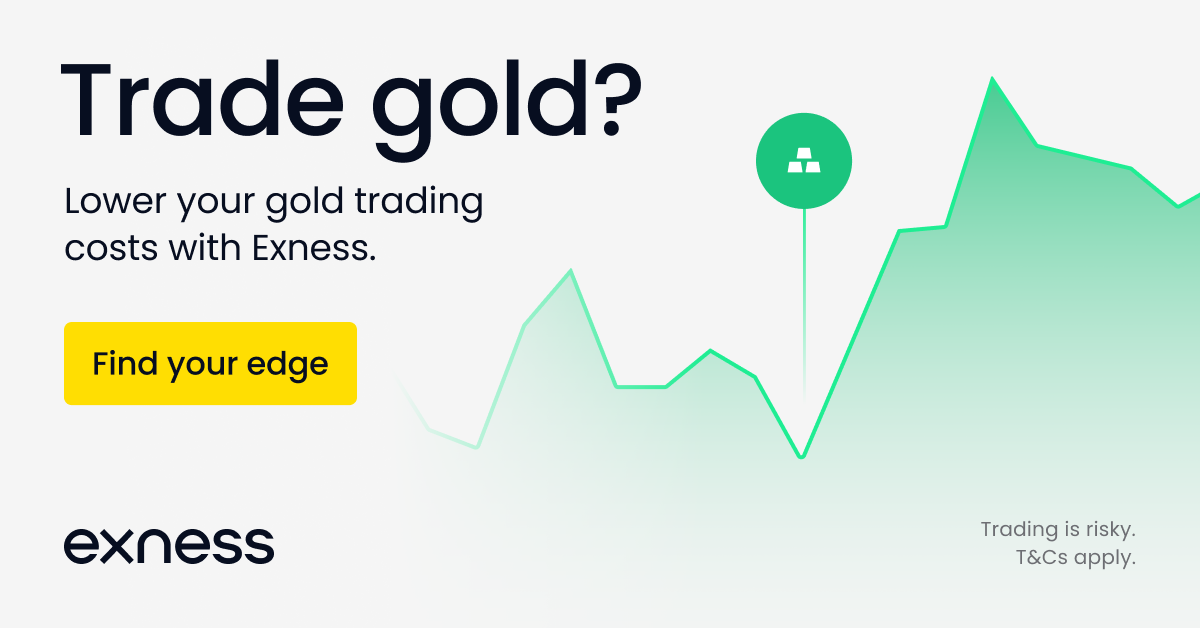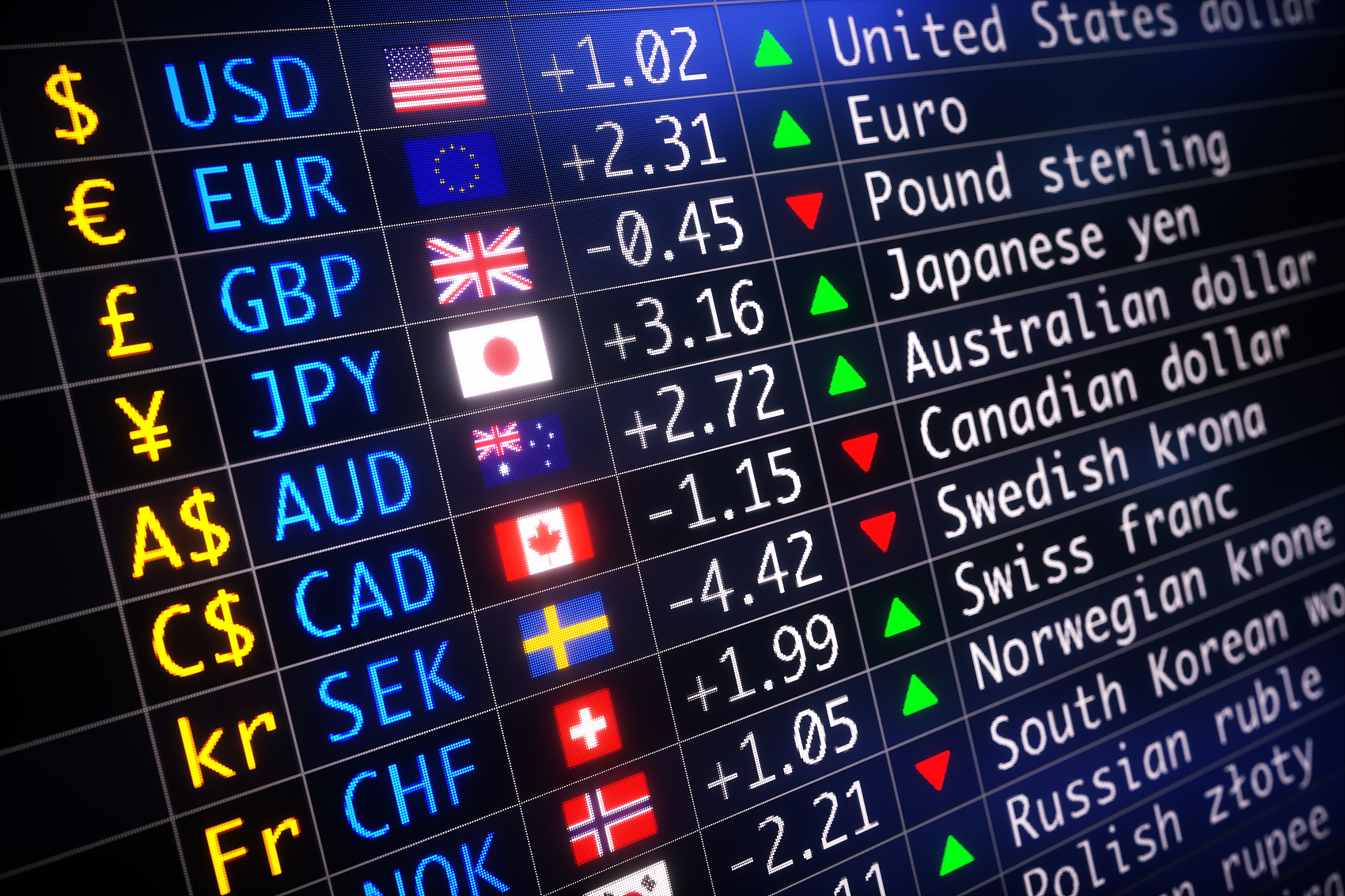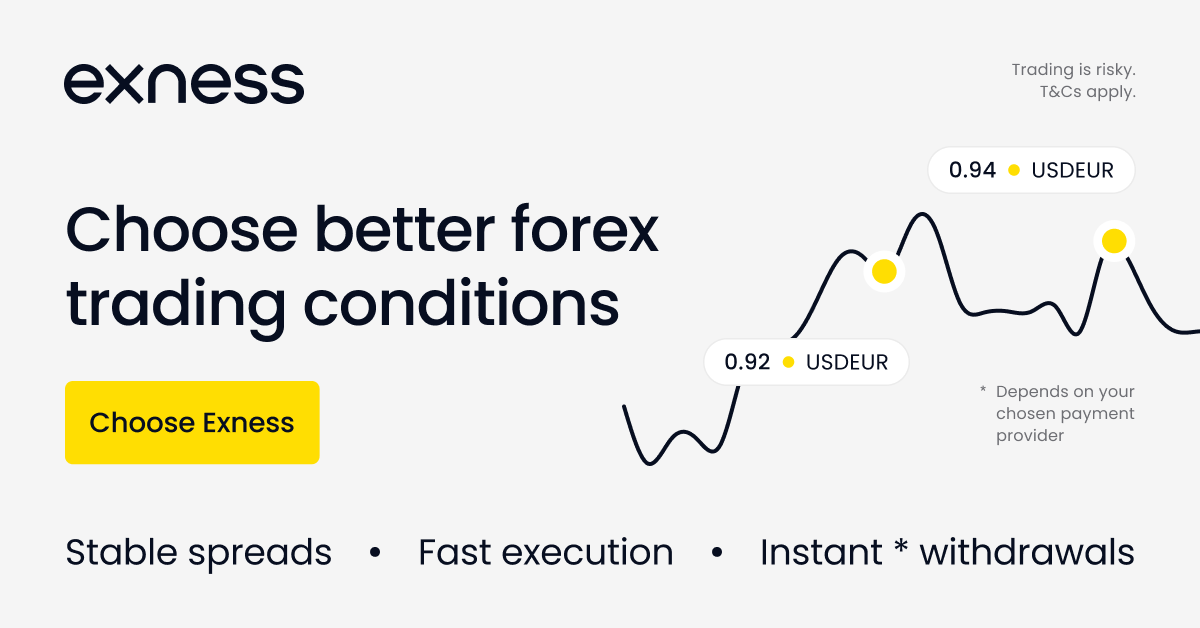Forex trading, also known as foreign exchange trading, involves the buying and selling of currencies in the global market. It has become increasingly popular among investors and traders due to its potential for high returns and accessibility. In this article, we will delve into the key aspects of forex trading, including trading signals, analysis, and strategies, to help you navigate this dynamic market effectively.
Trading forex requires a deep understanding of market trends, economic indicators, and geopolitical events that influence currency prices. Successful traders utilize various tools and techniques to analyze these factors and make informed decisions. One of the essential tools in a forex trader's arsenal is trading signals. These signals provide insights into potential trading opportunities based on technical analysis, fundamental analysis, or a combination of both.
Technical analysis involves studying past price movements and chart patterns to predict future price movements. Traders use indicators such as moving averages, Fibonacci retracements, and stochastic oscillators to identify trends and entry/exit points. Trading signals generated from technical analysis help traders capitalize on short-term price fluctuations and market trends.
On the other hand, fundamental analysis focuses on economic indicators, central bank policies, and geopolitical events that impact currency values. Forex traders pay close attention to factors such as interest rates, inflation rates, GDP growth, and political stability to gauge the strength of a currency. Trading signals derived from fundamental analysis provide insights into long-term trends and macroeconomic developments.
To develop a successful trading strategy, forex traders combine technical and fundamental analysis with risk management principles. A robust trading strategy defines entry and exit criteria, risk tolerance, and position sizing rules. It also incorporates contingency plans to adapt to changing market conditions and minimize losses.
For example, a trader might use a trend-following strategy to capitalize on sustained price movements in a particular currency pair, such as XAU/USD (gold against the US dollar). They would use technical indicators like moving averages and trendlines to identify the direction of the trend and trading signals to confirm entry and exit points.
Another popular strategy is range trading, where traders capitalize on price fluctuations within a defined range. This strategy involves buying at support levels and selling at resistance levels, with trading signals generated from overbought/oversold indicators like the Relative Strength Index (RSI) or stochastic oscillator.
Forex trading is not without risks, and traders must exercise caution and discipline to succeed in this competitive market. Emotions such as greed and fear can cloud judgment and lead to impulsive decisions. Therefore, it's essential to stick to a trading plan, manage risk effectively, and continually evaluate and adjust your strategies based on market conditions.
Mastering forex trading requires a combination of technical expertise, analytical skills, and discipline. By leveraging trading signals, analysis, and strategies effectively, forex traders can navigate the complexities of the market and achieve consistent profitability. Whether you're a novice trader or an experienced investor, continuous learning and adaptation are key to success in the dynamic world of forex trading.









